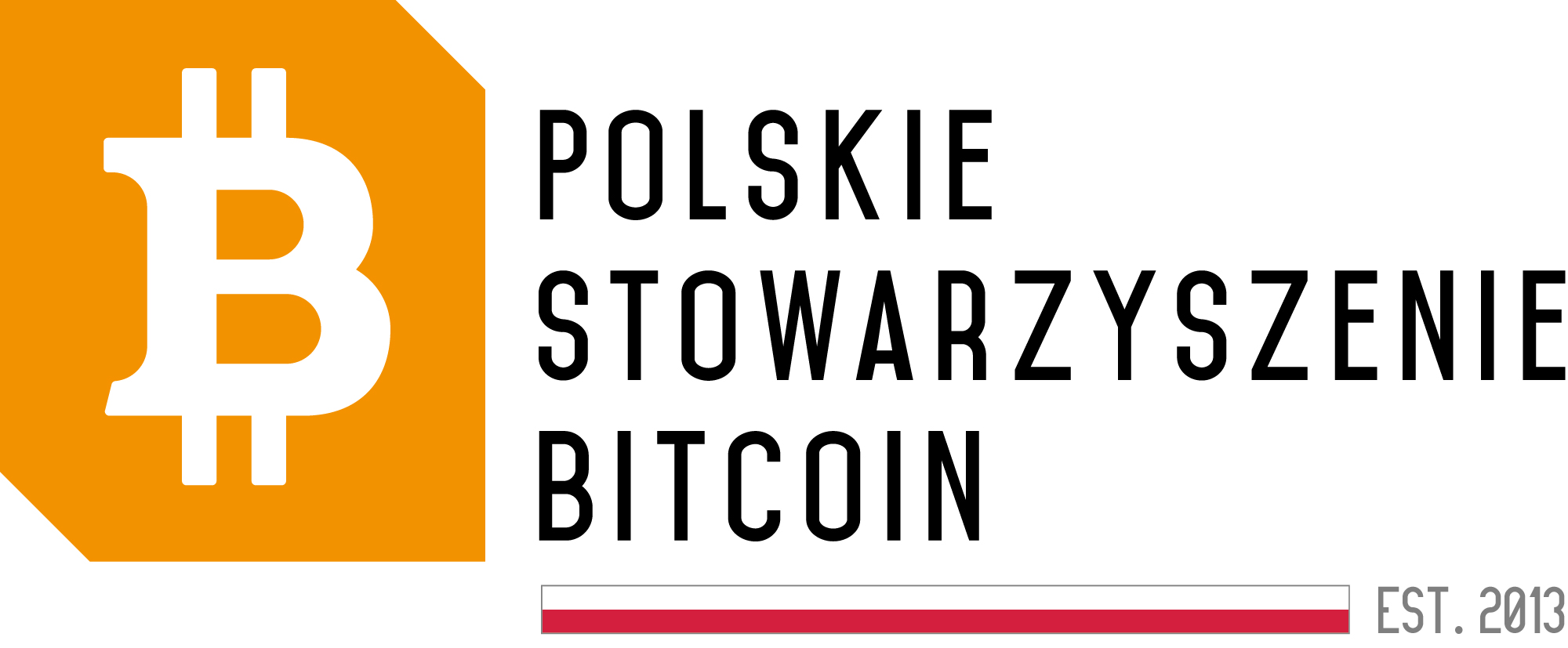proof-of-immutability (poim)
Proof of Immutability (PoIM) is a concept related to blockchain technology that refers to the way of confirming that data stored in the blockchain is immutable and unchanged since it was recorded. In the context of cryptoassets, PoIM provides a guarantee that transactions and information stored on the blockchain are secure and reliable.
How does Proof of Immutability work?
Proof of Immutability is based on the concept that once data is added to the blockchain, it cannot be altered or deleted. Each data block in the blockchain contains a unique identifier and a reference to the previous block, creating a chain of blocks – hence the name of the technology. The process of confirming data immutability is closely related to the concepts of Proof of Work (PoW) or Proof of Stake (PoS), which are used to secure transactions and blocks in the blockchain.
The Significance of Proof of Immutability in the context of cryptoassets
In the world of cryptoassets, where data security and integrity are crucial, PoIM plays a significant role. By applying this concept, users can be confident that information about transactions, digital assets, or owners is protected from manipulation. This makes the blockchain not only transparent but also immutable, building trust among market participants.
Advantages of Proof of Immutability
– Data security: With PoIM, information stored in the blockchain is protected from external interference.
– Transaction certainty: Users can be sure that the information on which transactions are based is immutable and reliable.
– Market credibility: The guarantee of data immutability helps build trust among investors and participants in the cryptoasset market.
Summary
Proof of Immutability (PoIM) is a key concept in the world of blockchain and cryptoassets, ensuring the immutability and security of data stored in the blockchain. Thanks to PoIM, the blockchain becomes a reliable tool for storing and confirming information, contributing to an increase in trust among users and investors. Its implementation aims to secure data and transactions from manipulation, laying the foundation for a fair and transparent cryptoasset market.






